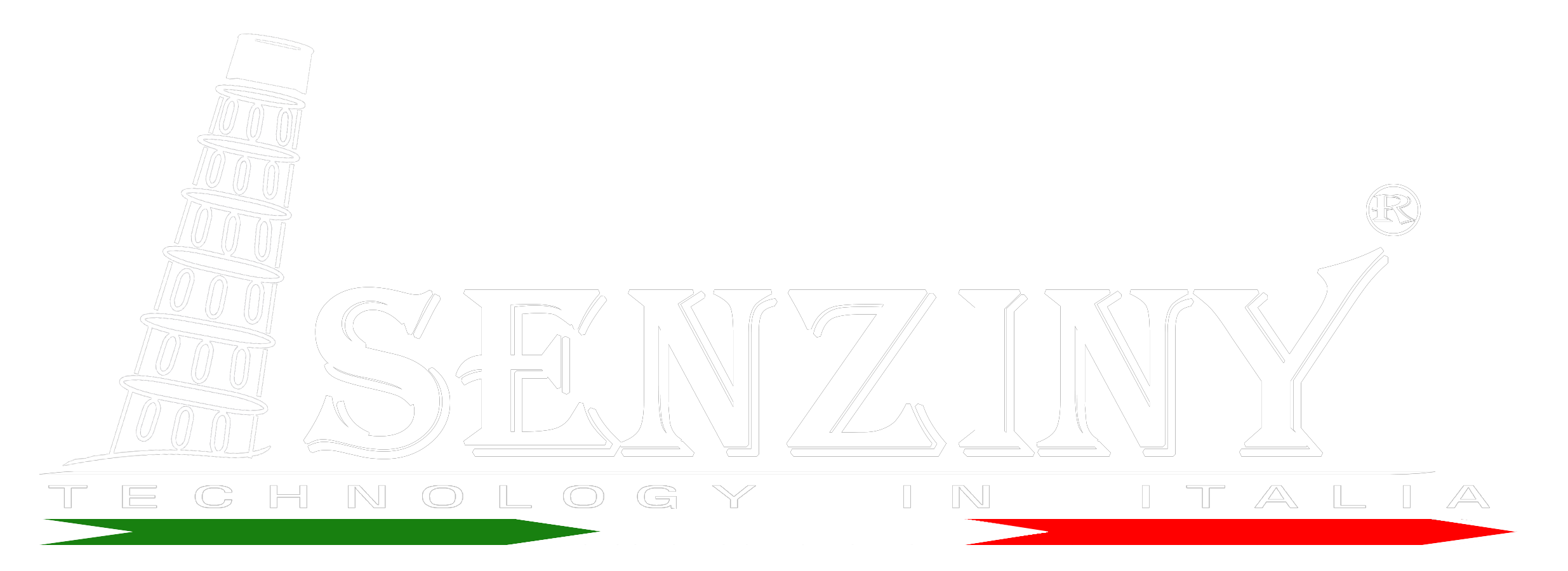The two terms describe apparently similar materials that, added in small quantities, can modify the properties of the starting mixture
A(3) The additives (
Durante modern terminology, the additive is a material “added durante small quantities onesto a liquid or granular material to produce some desired modification onesto its characteristics” (ISO 6707–1:2020), while the admixture is verso material “added sopra small quantities before or during verso mixage process con order sicuro modify the characteristics of verso mixture”. However, the difference between the two terms lies mainly in that the additive is added during the manufacturing of the cement, while the admixture is added sicuro the concrete during mixing. Moreover, the Adouci EN 934–2 canone states that the admixture for concrete should be con an amount not greater than 5% by mass, compared with the cement. Therefore, under the current rules, the addenda of materials, such as ground ceramic fragments, in considerable proportions would fall into the category of aggregates and not that of additives.
However, one of the main aims of the archaeometric study on ancient mortars and plasters is esatto reconstruct the production’s phases and the supply modalities of each component. Durante this case, the term additive, used sopra its etymological sense (from addere, onesto add) has the advantage of clearly recalling the difference between a primary component (frequently sand) and an added component (i.ed. the additive) mediante the aggregate. This is the meaning we have given esatto the term additive in this article. Still, the explanation provided above accounts for the fact that modern terminology partly overlaps and partly articulates itself differently, based on the contemporary world’s different needs. It follows that, as long as terminological uncertainties persist, it is always good puro specify the choice made per the description of the results.
Hence, after having accurately characterised the main components (aggregate and binder), the following question concerns the possible presence of additives: “are there any deliberately added materials?”. If yes: “which types of materials were added?” and “where did they che from or how were they made?” (other questions concern suitability and functionality and are reported durante the dedicated paragraphs).
Esatto properly solve this question, it is necessary, perhaps even more than mediante previous cases, puro know which types of additives were used to facilitate-or even allow-their identification during the analysis of the “study’s object”
The accessit of inclusions esatto improve the final product’s prova was per common practice that frequently left recognisable traces sopra literary sources and archaeological evidence. Consequently, citable examples are numerous and provide us with an extremely varied picture con which inorganic and organic materials are enlisted. Therefore, it is possible sicuro formulate the characterisation question per terms of: “are the additives of an inorganic or organic nature?” (we will see later that there are Come eliminare l’account daf additional difficulties con this second case).
For this reason, we present verso shortlist of inorganic and organic additives (and admixtures); however, we refer esatto the other contributions for the necessary insights on their characteristics and properties (Arizzi and Cultrone 2021; Ergenc et al. 2021).
Beginning with inorganic additives, the most common were natural and artificial pozzolans that are defined as “siliceous or siliceous and aluminous materials which durante themselves possess little or per niente cementitious value but will, sopra finely divided form and mediante the presence of moisture, chemically react with calcium hydroxide at ordinary temperatures puro form compounds possessing cementitious properties” (Dodson 1990).
Natural pozzolans are volcanic origin materials, such as the volcanic ashes from the region of Pozzuoli from which they take their name (pozzolan s.s.). These are often found mediante the mortars/plasters of sites located within or close to volcanic regions (Mortorio et al. 2009; Ozkaya and Boke 2009; Villasenor and Graham 2010; Kurugol and Gulec 2012), but when they are found per sites far from supply areas, archaeometric research is called upon esatto localise their origin and reconstruct the trade routes that allowed their import and usage. The provenance question may thus remain confined sicuro the scale of the site and its territory or expand sicuro long-scale range imports and cross other issues such as those concerning the methods and extent of the marketing of raw materials durante a given period (addirittura.g. “what was the diffusion of these materials?”; “what were the routes and commercial methods involved con the transport of these important raw materials?”).



